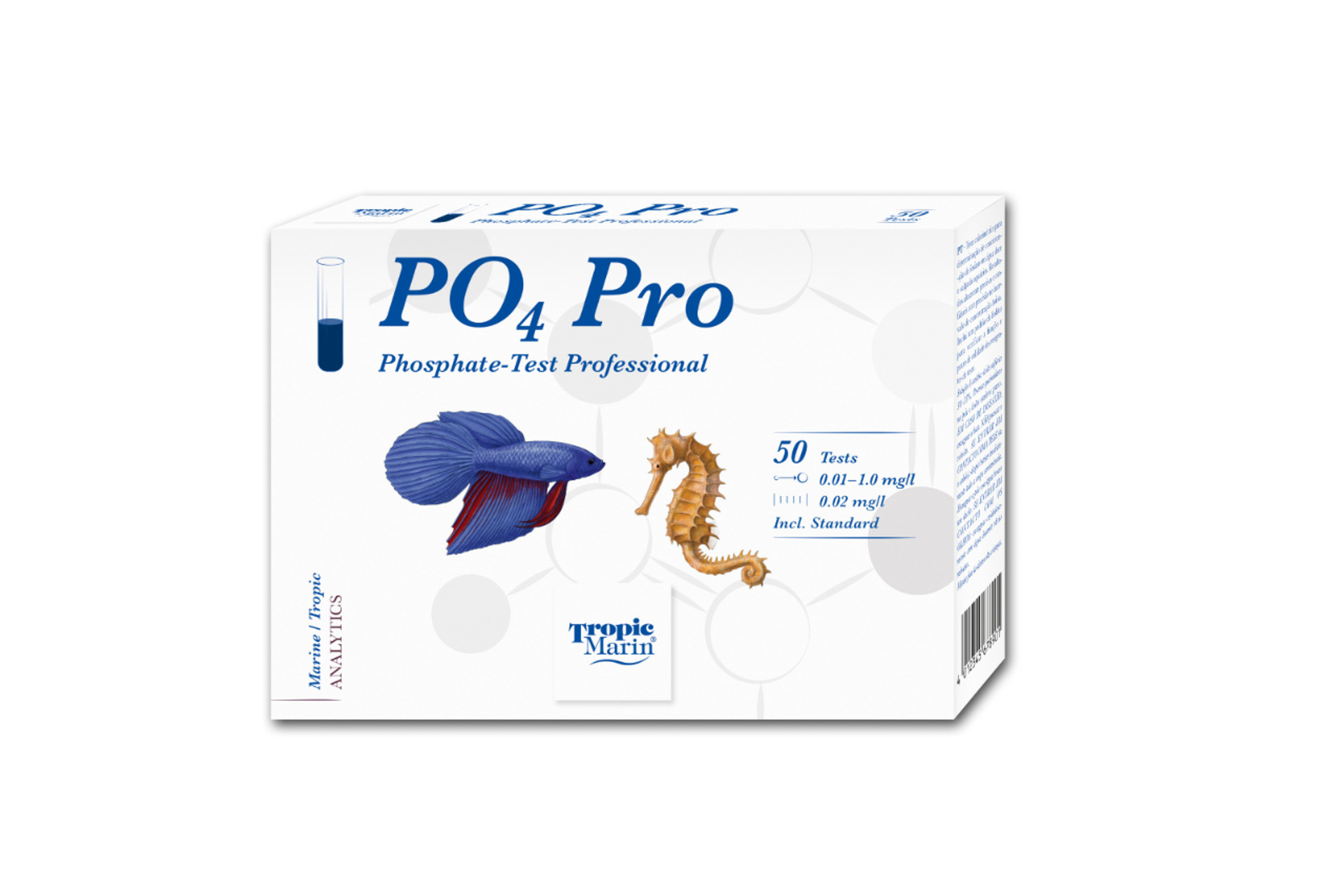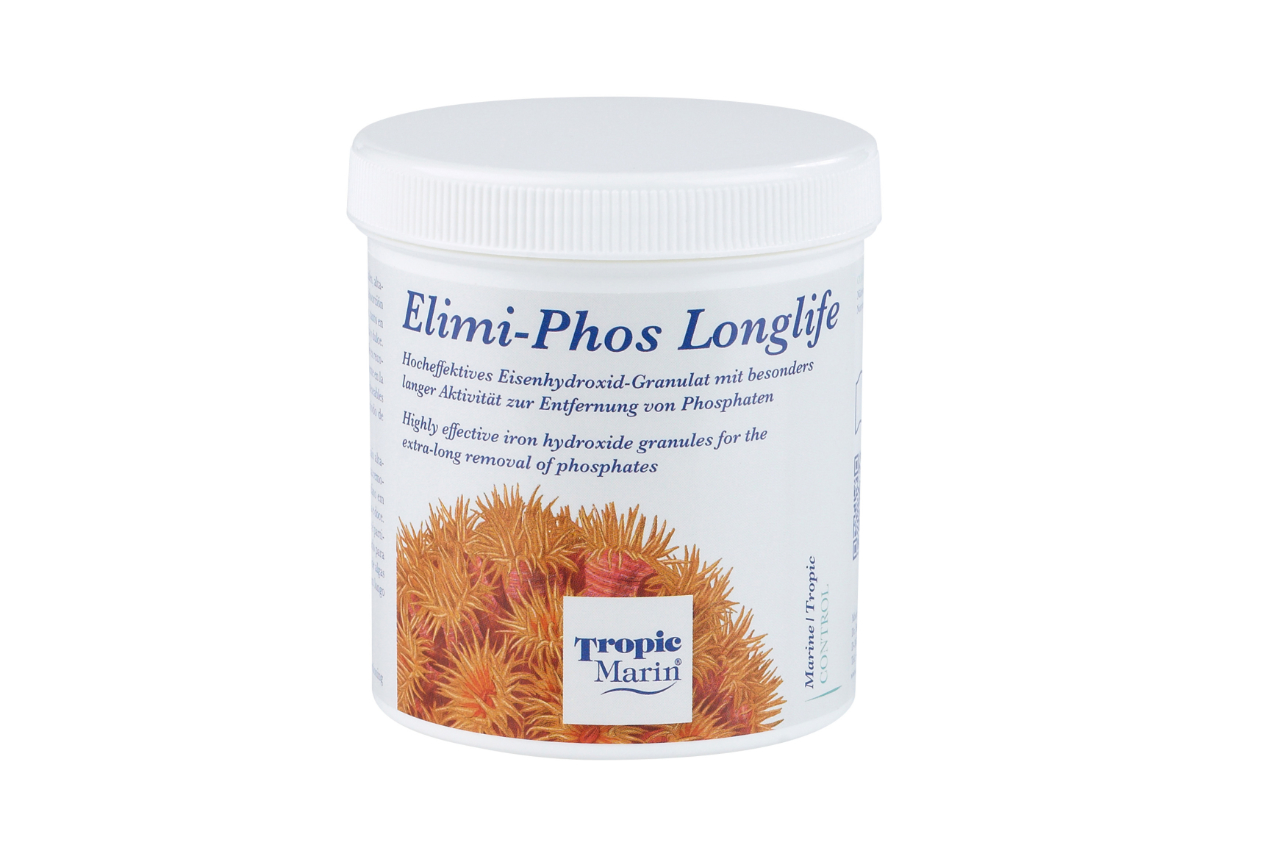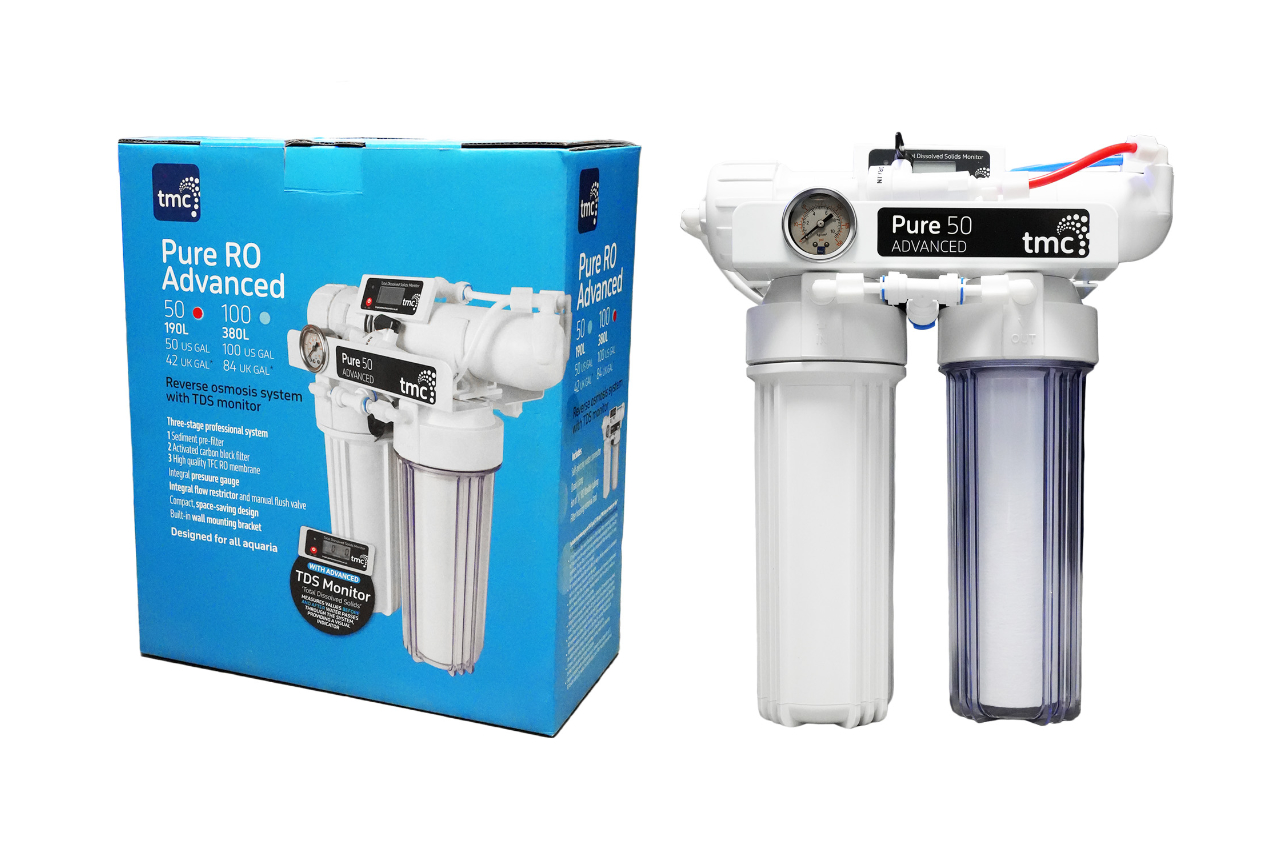Abolishing Algae

Algae bloom. These two words can put many aquarists into distress, as they represent perhaps the most common struggle new aquarium keepers face. Whether you have a film growing everywhere or water getting green, it is the product of a complex set of factors. Sooner or later, we've all had an algae problem. It comes down to the simple fact that your glass box is a closed system. When food goes in, only 10% of it or so actually gets used up and turned into energy or mass for the fish, the other 90% gets turned into poo (and pee). In an open system like say, the ocean, this waste would get used up by a huge variety of critters plants and algae, that would, in their own time, also likely turn into food. We don't have the luxury of an open system and so all this waste ends up being excess fuel for algae in our tanks. A proportion of this waste is made up of nitrogen or phosphorus in one form or another and because these act as fuel for photosynthesis and photosynthesizing fast is what algae is best at, we're gonna pay attention to them.
The question you're asking is, “yeah, okay, but what do I do about it?” Hold on there panicky person, we're getting there. All aquariums are going to have some nitrogen, and some phosphorous and this is a good thing, in the right ratios. Nobody ever hits us up on the socials and says they have a nitrogen problem. They always say, “I HAVE ALGAE BRO HELP PLZ” or something like that, sometimes with some more adjectives, or maybe a couple expletives and the occasional skibidi. It really boils down to if you have too much algae, you have too much of something else, and the list starts with light and ends with nutrients. We'll start with nutrients, which can be as simple as pure overfeeding, or maybe it's too much food at once so some food goes uneaten, or maybe it's the perfect amount of food, but your filtration isn't up to the task.
Okay, so how much should you be feeding? The simple answer is enough, and no more. This usually requires a bit of a learning curve but is still one of the most overlooked aspects of success with your aquarium. A good rule of thumb for finding a starting point is to take small, measured (we like to use weight) amounts of food and keep adding them until feeding activity slows down or you see some of the food go uneaten to the bottom of the aquarium. This is the total amount that you should feed to the aquarium over 24 hours. We'd suggest that in most cases, you'll be better off spreading this amount of food out over at least 2 feedings (half the amount you fed, but twice as often). This is a baseline, and it's going to need some fine tuning (remember what we said about the learning curve?) Watch your fish. Are they getting kind of chunky? Are they excreting too much feces? These fish need less food, so dial it back. On the other hand, if your fish have a caved in belly, or even worse, are getting thin when viewed from above, they need more chow and maybe better chow, and ASAP.
Next up is light, I know your tank in the sunlight looks full wowza, but it's a recipe for algal blooms, even with appropriate levels of nutrients in your tank. There's only so much light a closed system can take before it bursts into green-ness so move that aquarium out of the sun, unless you're growing algae purposely. The same effect can happen if you just go too hard on the lighting intensity for your tank. If you don't have excess nutrients, and you have algal issues, check your day length or lighting intensity, and turn down one or the other (and in extreme cases, maybe both.)

Now, there is a world in which you've dialed in the feeding, and your lighting is sedate, but still have sky high algae vibes, so whut in tarnation?!! Well, the culprit here is usually overstocking for the filtration capacity, or new fish in the tank adding to the bio-load but the biological filtration hasn't caught up yet. Will your filtration catch up? Maybe. Ramp up the testing any time you have new additions to the tank, especially for nitrogen and phosphorus compounds. Tropic Marin's Pro line of test kits are easy to use for the home aquarist and accurate to boot. If your nitrate spikes but returns to acceptable within a week (less than 5ppm ideally for algae control) your filter system is up to the task. If your nitrate stays up there for more than a week, you're fixing to have some issues. You're going to need to make adjustments, and they're going to start with some more, and bigger water changes until you get your new balance worked out. Next up, you can push more flow through your filter, you can add more biological media, or if you have phosphorus issues but not nitrogen issues, you can add some chemical media like Elimi-Phos and Elimi-Phos Longlife (more commonly used on the saltwater side of the hobby, but it has its uses in freshwater too.

The two last hidden sources of excess nutrients (and thus excess algae in the home aquarium) are tricky buggers. Some of you will be sorry to find out that you have excess phosphorus in your tap water (more common with well water, but possible in urban water too). So, test your tap water, if you find you have a problem, at least you can address it. You can treat it with something like the Elimi-Phos, or you can start using Reverse Osmosis water, which can either be purchased from your LFS, or made at home by getting yourself a R/O unit of your own! We suggest getting your own, the units from TMC are low maintenance, and stupid-easy to use. The other sneaky bugger way that excess nutrients get into your glass box is from feeding cheap foods. We know you would never, but if your friend has some nutrient issues and you have both eliminated all the other variables, have a look at what they're feeding, and set them on the right path. The high-quality foods from Gamma and Nutramar, are created with closed system biology in mind; they are protein dense with little excess/filler meaning there is less fine material and phosphorous getting loose in the caboose. Feed good food.
Some of you hooligans are asking, “why don't I just add a bunch of snails, or Amano Shrimp, or a sweet Pleco?” These are all cool things to have in a tank (maybe not the same tank), but they should be part of your master plan for aquarium display amazingness and domination, not a haphazard response to bad water chemistry or things that could be fixed in a more holistic way. Look at it this way, if you have addressed everything else, we've talked about here today, you shouldn't have issues, and everything can just live in your tank, happy and healthy (and maybe with enough algae to feed stuff like your Cherry Shrimp, if that's your schtick). Never address a massive algae issue with snails alone. They'll clean it up, but then they'll starve without massive extra feeding. If they have a mass die off, all those nutrients get released back into the tank, and the resulting spike can be a glass box killer.
In the end, the best way to deal with algae is not to have it in plague proportions in the first place. All healthy aquariums will have a little bit, and some of you will introduce certain species of it intentionally. Fine tune your feeding regimen (with quality food), balance this to your filtration and your lighting and you should be able to keep your aquarium clean and happy for years to come.